By Charles W. Sasser
The last train west chugged across the River Bug to the German-occupied side of the Russo-German border at 0200 on June 22, 1941. An hour later, as the short summer night lifted from central Ukraine, Hitler violated his nonaggression pact with Stalin and launched Operation Barbarossa. Three million Axis soldiers, 6,000 big guns, 2,000 Luftwaffe warplanes, and thousands of tanks flooded into the Ukraine.
Kiev, capital of Ukraine, was one of Hitler’s final objectives, along with Moscow and Leningrad. Lyudmila Mikhailovna Pavlichenko, 24, a history student at Kiev University, was walking to classes when a swarm of Nazi fighters buzzed in low and fast to chew up the block. She dashed for cover. That night, she made up her mind. “I am going to fight.”
She arrived at the recruiting office the next morning wearing high heels and a crepe de chine dress with her nails manicured and her dark, wavy hair groomed short. She looked more like a fashion model than a German killer. The recruiter laughed at her.
“Why don’t you work in the factories like other women?” he demanded.
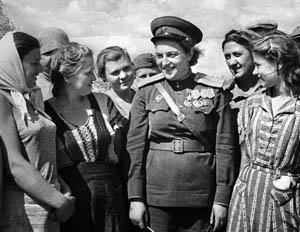
The rapid industrial development of the Soviet Union and the worldwide depression of the late 1920s and 1930s combined to move large numbers of Russians from their farms to the cities. In the spirit of egalitarianism, young women were encouraged to work, go to college, and participate in military training. Like many girls and boys of the times, Lyudmila was fond of military sports and activities. She was an excellent natural rifle shooter and won a number of badges in regional rifle matches. As Hitler’s spreading war threatened to engulf the Soviet Union, she prepared by enrolling in a volunteer sniper school arranged by her local Komsomol.
At the recruiting office, she took out her sniper’s diploma, Voroshilov Marksman’s Badge, and other shooting and paramilitary honors and dropped them on the table in front of the recruiter who had laughed at her. The expression on his face changed.
“You’re going to get your fingernails dirty,” he said as he stamped her application. Accepted.
Pavlichenko was on her way to becoming one of 2,000 female snipers to serve in the Red Army, only 500 of whom would survive the war. Within a year, this petite, dark-haired beauty would become the most dangerous woman of the 20th century, the deadliest female sniper in any army, in any war.
Through bitter experience against Finnish sharpshooters like Sino Itayha, who picked off more than 500 Russian soldiers during the Winter War of 1939-1940, the Soviet Union learned the value of snipers and began to place more emphasis on its sniper training program. Special sniper units were embedded in nearly all major unit commands.
After undergoing truncated training in basic military and sniper tactics, young Lyudmila Pavlichenko, no longer the fashion plate in her baggy olive-drab man’s uniform with camouflage overalls, was issued a five-shot, bolt-action 7.62mm Mosin-Nagant rifle that had been adopted as the standard sniper’s rifle in 1932. With a 4-power telescopic sight, it could be fired with authority at ranges of 1,250 meters.
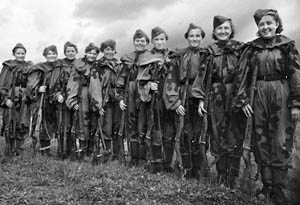
Female snipers proved themselves just as deadly as any man during the cat-and-mouse game of
survival in the rubble of Soviet cities on the Eastern Front.
By July 8, the enemy was almost at the gates of Kiev, fighting in the forests less than 150 kilometers away. Russian women and children were conscripted to fight. Pretty teenage girls were found dead on the battlefield still clutching automatic weapons. Soviet soldiers who panicked and fled the fighting were shot by their own officers. Unfortunates taken prisoner were declared traitors and their families’ rations taken away, which often meant starvation.
Pavlichenko found herself assigned to the Red Army’s V.I. Chapayev 25th Rifle Division. Armed with her new rifle and a combat load of 120 cartridges, the young history student massed with thousands of other recruits and replacements at the Kiev railyards for transport to the front. Her unit was already engaged in desperate combat with Romanian and German forces in Moldavia, attempting to block the enemy’s southern approach to the Black Sea city of Odessa, the most important port of trade for the Soviet Union and the site of a Soviet naval base.
The railyards were in turmoil as soldiers with their packs and weapons piled into boxcars, open wagons, and anything else that could be moved by rail. Trains arrived and departed day and night, their steel wheels and shrill whistles signaling an urgency that Russia had not experienced since Napoleon’s invasion.
Clouds of dust obscured the horizon as troop trains reached their destination near the Dniester River that formed the boundary between Moldavia and the Ukraine, where the 25th was making its stand. Pavlichenko and her comrades heard the distant thunder of dueling artillery.
“I knew my task was to shoot human beings,” Pavlichenko later reflected. “In theory, that was fine, but I knew that the real thing would be completely different.”
The Soviet 25th, 95th, and 421st Rifle Divisions and their support formed three separate defensive lines of trenches, pillboxes, and antitank ditches some 50 kilometers outside the city of Odessa. Pavlichenko’s No. 2 Company was in the center of the first defensive line when the German offensive against Odessa began on August 8, 1941, preceded by thunderous barrages of enemy artillery.
Pavlichenko and other soldiers from her company hugged the ground overlooking a narrow, open field. A number of enemy soldiers, easy targets, moved about on the near side of a hill. However, to her dismay, she found her finger frozen on the trigger. Perhaps she did not have the courage to be a sniper after all.
The sudden crackle of rifle and machine-gun fire from the opposing tree line signaled a probe. Pavlichenko heard a sound like a hammer striking a melon, followed by a cry of pain and surprise. To her horror, she saw that a young soldier she had befriended on the troop train had taken a round through the head, exploding it in a pink mist of blood and brains.
“After that,” she recalled, “nothing could stop me.”
She killed her first German a day or so later. She and a spotter crawled through thick undergrowth outside the defensive perimeter and set up a hide overlooking the enemy’s most likely avenue of approach. Russia was the first military to employ snipers in teams consisting of a shooter and an observer.
Through her scope she picked out three Germans stealthily moving in and out of shadow, unaware that they were being watched. This time she did not hesitate. As soon as her target paused to look around, she took a deep breath and squeezed the trigger. Even before the impact of the bullet slapped him to the ground, she had already acquired and killed the second German. The third panicked and fled before she could finish him.
“There was no change of expression on her pretty face,” her spotter reported, predicting, “Russia is going to be talking about Lyudmila Pavlichenko.”
The pretty sharpshooter from Kiev University hardened and quickly adapted to the harsh and dangerous climate of battle as the enemy reached the main line of Russian resistance and began shelling Odessa with a reinforcement of 10 heavy artillery batteries. She and other Soviet snipers were granted virtual free rein in carrying out their mission of scouting and slowing down, harassing, and demoralizing the German advance by long-distance suppressive fire against targets of opportunity.
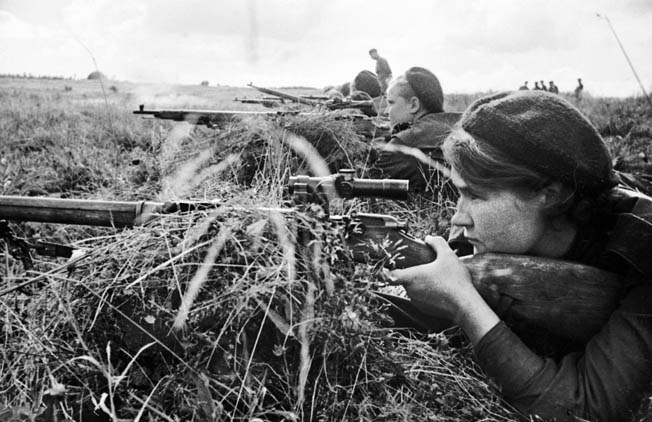
Soviet sniper Lyuba Makarova and other female snipers peer through their rifle scopes before
seeking concealment to hit targets of opportunity.
Pavlichenko proved to be as relentless as she was strikingly attractive. Day after day, she and an observer crept into no-man’s land to ply their bloody trade. Fortified by her sense of mission, she often crawled into a hide and remained for up to 18 hours at a time, living on dry bread and water, conducting bodily functions in place, all just to get the one shot-one kill of the sniper’s trade. Her body count grew almost daily in a cat-and-mouse game played out in the wreckage and rubble of war.
Crafty and deceptive, with a strong sense of survival, she employed various ploys and tricks to keep going when the lifespan of the average sniper was about three weeks. Captured snipers from either side were summarily executed on the spot.
Thunderstorms or artillery barrages that masked the report of her rifle were her favorite times to hunt since her targets were less alert to her presence and her location more difficult to pinpoint. She rarely fired more than once from the same position and never returned twice to the same hide. She tied strips of cloth to bushes in danger areas to flutter in errant breezes and distract enemy observers. Sometimes a clothing store mannequin disguised as a tempting target lured enemy snipers into exposing themselves.
The single crack of Pavlichenko’s Mosin-Nagant in no-man’s land was enough to strike terror into the hearts of German and Russian soldiers. Whenever she went to the rear, infantrymen gawked in disbelief that this slip of a girl could be the ruthless killer whose reputation spread throughout the Ukraine. By August 29, just 28 days into the Odessa offensive, her body count stood at 100, an average kill rate of nearly four per day. Few snipers in any war had been so successful in such a short period of time. She was rapidly becoming the world’s most accomplished harbinger of death.
Working alone for a day outside the defensive perimeter along the Voznesensk-Odessa Highway, she climbed a tree inside a graveyard to obtain a better view of the terrain, depending on foliage to conceal her.
Barely had she settled before two shots from an enemy sniper’s rifle zapped into the trees only inches from her head. Realizing she was in dire straits, she let go and fell 12 feet to the ground, landing between two graves. Pain shot up her spine. She gritted her teeth and lay perfectly still, pretending to be dead until the sun went down and she could make her way back to her own lines under cover of darkness.
The cold rains of late September turned trails and roads into impassable bogs. Horses sank up to their collars, men to their knees, and vehicles to their axles. Scarcely a building in Odessa remained intact. Fires burned almost constantly as fighting raged. It was a target-rich environment for snipers like Pavlichenko, now promoted to senior sergeant, who chalked up another 87 kills.
On October 9, 1941, a shell splinter gashed her scalp. Her company commander fell dead, and Sergeant Major Leonid Kitsenko, a sniper and senior NCO of Pavlichenko’s sniper element, was wounded. Pavlichenko assumed command, a valiant figure wearing a dirty bandage around her head, cap pulled low to hold the dressing in place, face masked by blood, struggling to maintain consciousness.
“Cowards!” a political officer railed against her frightened comrades. “Look at the woman. Pavlichenko has the balls of a man.”
She was eventually moved to a medical battalion to recuperate and was released only days before Odessa fell to the Germans on October 15. German and Romanian casualties numbered 17,729 dead and 63,345 wounded, among whom were 187 killed one shot at a time by Lyudmila Pavlichenko.
More savage fighting lay ahead for her at Sevastopol, which subsequently came under siege. By this time, she was becoming celebrated throughout the Crimean region. The entire world would soon hear about “the most dangerous woman of the century.”
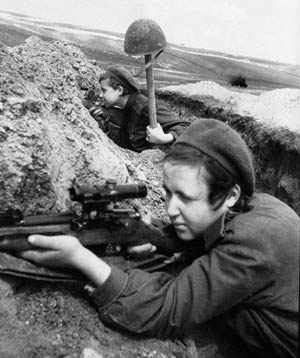
In turn, these troops would hope to take the German snipers down with effective return fire.
The battle for Sevastopol and the tip of the Crimean Peninsula jutting into the Black Sea raged fiercely for nine months. Russian snipers were cast forward of the main defensive line in a thin screen of modified “rifle pits.” Pavlichenko continued the practices that had made her so successful at Odessa. She generally crept into a hide at around 0300 and sometimes waited for as long as two days for a single shot.
Winter arrived with its miserable conditions, exacerbating her previous injuries. She lost weight, growing thin and gaunt. Streaks of white appeared in her raven-black hair. No one from the old days would have recognized her. She knocked off one or two enemy soldiers every few days. She was constantly on the move, transferred from sector to sector so her true eye and steady hand could be used to their best advantage.
As word of her exploits spread, the Communist Party used her to inspire ordinary people who were suffering horribly from cruel wartime conditions.
“If this beautiful young woman can endure,” went the spiel, “then how can we who are not at the front complain about food rationing and other hardships?”
Even the Germans became aware of her unerring eye. One afternoon she picked off an enemy radioman on a long shot in cold rain that impaired visibility. Such a shot could only have been made by “the Russian bitch from hell.”
A German officer stood up long enough to shout, “Lyudmila, leave your Bolshevik friends and come and join us.”
She killed him.
Through autumn and early winter snowfalls, Russians clung stubbornly to this spit of land on the Black Sea. The Russian sniper contingent—estimated to number less than 300 shooters—wiped out about 10,000 German soldiers, almost an entire division. Pavlichenko, who won a battlefield promotion to junior lieutenant, was the siege’s top scorer, followed by Sergeant Major Leonid Kitsenko, the senior NCO now recovered from his wound at Odessa.
Pavlichenko and Kitsenko became a team so effective that commanders described them as worth an entire division of infantry. They frequently returned from a hunt claiming three or four kills between them for the day. German snipers were encouraged in their trade by rewards for kills and by bounties on the heads of successful Russian snipers like Pavlichenko, whose fame had spread as far as Berlin. Not only was she deadly, but, even more humiliating to the Germans, she was a woman. As the Wehrmacht closed its steel bands around Sevastopol, German snipers made a point of trying to put an end to the Russian woman with the long-reaching rifle.
On November 11, she confronted her greatest challenge when 60,000 Axis soldiers launched a four-day attack against a mountainous sector of Sevastopol’s defenses. As was her custom, she crawled into her hide well before dawn on a clear, frosty morning and settled down to wait for a target. Her usual partner Kitsenko was assigned elsewhere.
In the early morning light she glimpsed a helmet in a copse of trees and detected a flutter of branches. She herself had sometimes used the old trick of tying a line to a bush and shaking it to draw fire and pinpoint an enemy sniper’s location. She held off and waited, tensed and edged for action.
Several times during the next few hours as the sun climbed higher she detected movement but never a clean target. She knew this movement was simply a distraction to entice her to reveal her position. The soldier out there knew what he was doing. She held her ground.
The enemy sniper got off the first shot. Her peripheral vision caught the suspicious shifting of a shadow, just in time to see the blink of a muzzle flash. A rock within touching distance of her head disintegrated.
A second shot snapped at her head. She wriggled backward out of her hide and, crouching low and using the reverse slope for cover, scrambled to a nearby rocky outcropping and burrowed into a thicket of briars interwoven with old-growth timber. The site provided a view of the lowland between her and the ridgeline occupied by her deadly foe.
She dared not move. Clouds rolled in, and snow began to fall. Cold, stress, hunger, and thirst plagued her as the strange standoff continued all through the afternoon in a high stakes poker game in which each shooter challenged the other to blink.
Ultimately, the German proved the less patient. Succumbing to curiosity, he made the mistake of lifting his head to take a better look across the clearing. Pavlichenko’s crosshairs locked onto his forehead. He seemed to be looking directly at her when she massaged her trigger. It was her first shot of the duel. No other was required.
A Russian patrol later confirmed that the dead man was an expert sniper whose “kill log” had recorded the deaths of more than 400 Allied soldiers since Dunkirk.
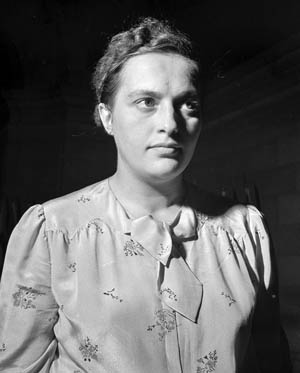
Pavlichenko and partner Kitsenko continued to create mayhem all through what the Germans referred to as the “Winter Crisis.” At some point in the spring of 1942, Lyudmila and Leonid Kitsenko apparently married. It was recorded shortly thereafter that Pavlichenko’s “husband, also serving with the Red Army, was killed in the [Sevastopol] siege.”’
Fellow snipers noted Lyudmila’s increased bitterness following Kitsenko’s death. In late May, the Southern Army Council cited her for killing 257 Germans. During a meeting of her sniper unit, she vowed to raise her score to 300 within the next few days—and kept her word.
From June 2-6, 1942, the Luftwaffe dropped 570 tons of bombs on the beleaguered ruins of Sevastopol and its harbor. Shrapnel riddled Pavkichenko’s worn, young body. She was moved to a field hospital and evacuated by submarine late at night before the Germans took the city on July 1. She was not to see personal combat again.
Her final official tally stood at 309 kills. Since she often worked alone, however, and every kill had to be verified, her actual number may have been nearer 500. In comparison, Russia’s other famous World War II sniper, Vasili Zaitsev, killed 225 enemy soldiers during the Battle of Leningrad.
Due to her fame, Lyudmila was sent to the United States and Canada at the end of 1942 to drum up war support. She delivered speeches in 43 American cities and was the first Soviet citizen to be received at the White House, where she had dinner with President Franklin Roosevelt and First Lady Eleanor. Celebrities all over the continent lined up to be photographed with her. Folk musician Woody Guthrie recorded a song dedicated to her, “Miss Pavlichenko.” She was featured in a 1943 comic book, War Heroes.She played with Laurence Olivier in the documentary film Chernomortsy.Actor Charlie Chaplin gallantly kissed her fingers one by one, saying, “It’s quite remarkable that this small, delicate hand killed Nazis by the hundreds.”
The most dangerous woman in the world rode out the rest of the war as a sniper instructor near Moscow. Highly decorated, she was discharged with the rank of major in 1945 and returned to Kiev University to complete her postgraduate degree. She served out her life as a historian and was active in veterans’ affairs until she died of natural causes on October 17, 1974, at the age of 58. Sevastopol named a street after her, not far from where Sergeant Major Leonid Kitsenko died.
This story published in WWII History magazine.
Charles Sasser is the author of the classic book of sniper warfare titled One Shot-One Kill. He has written dozens of other books and articles and appeared on numerous television networks including ABC, Fox, the History Channel, and CNN. He is a veteran of the U.S. Navy and the U.S. Army Special Forces. He resides in Chouteau, Oklahoma.
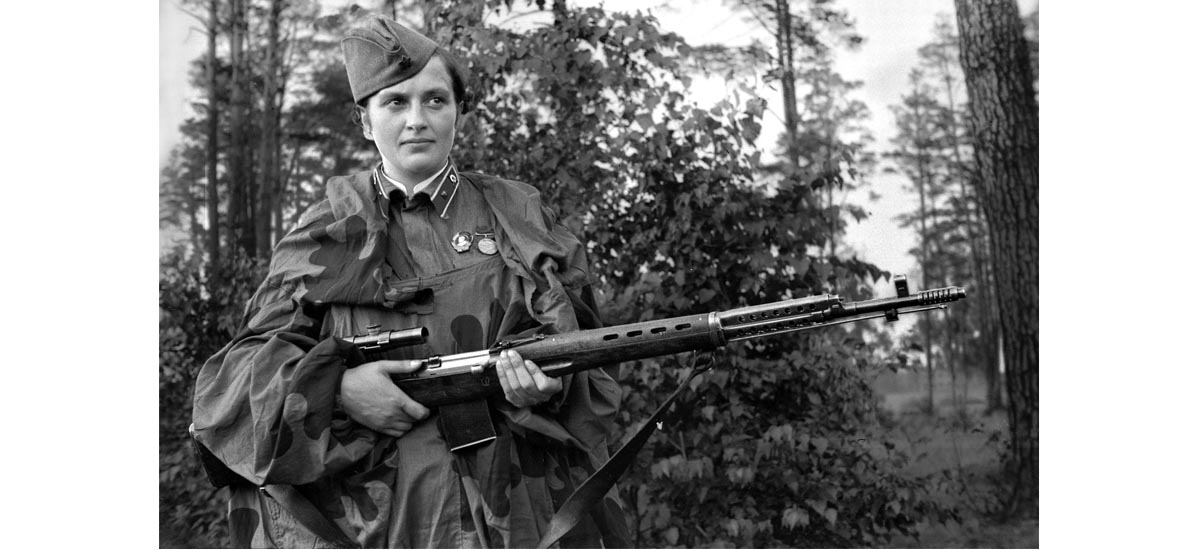
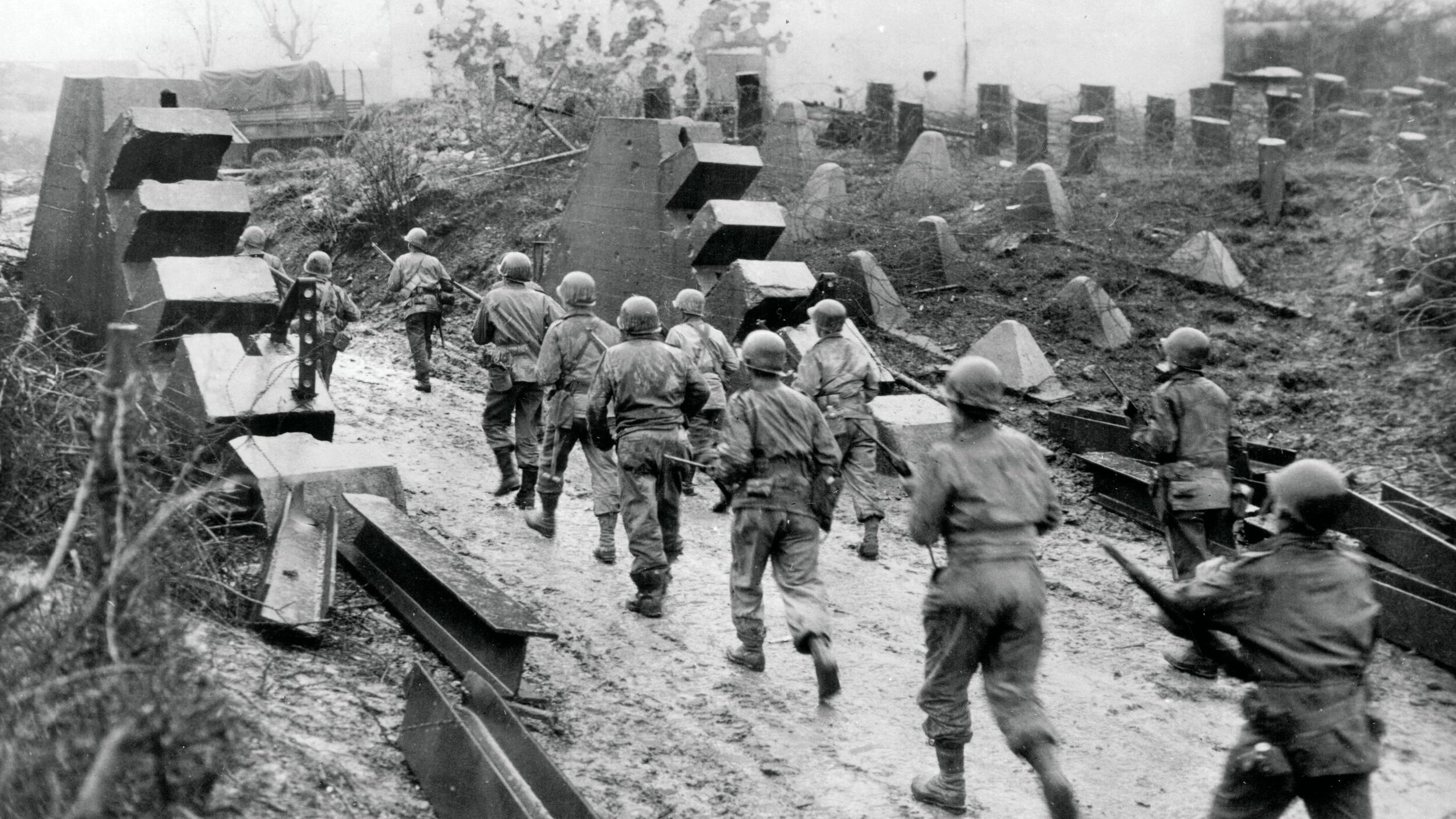
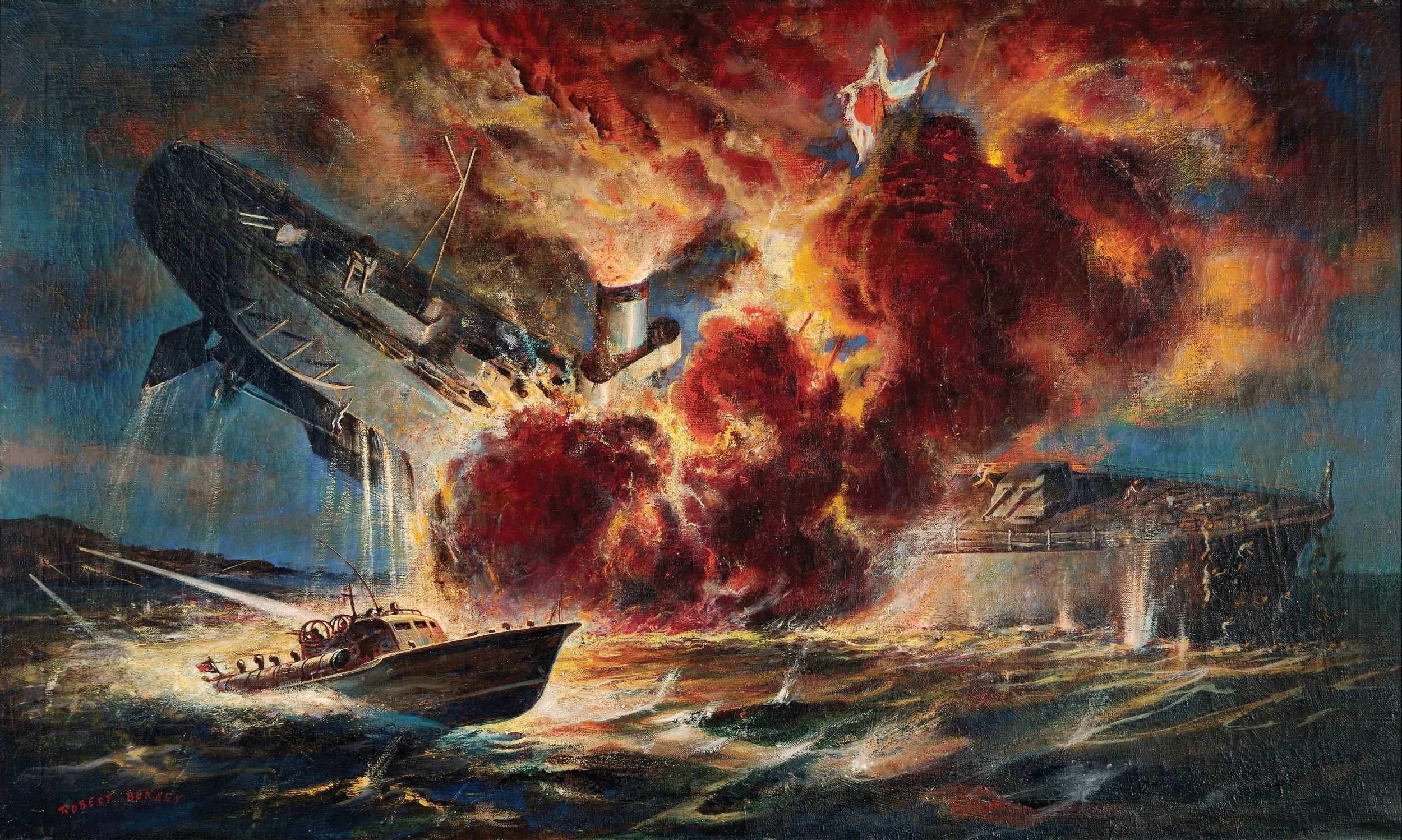
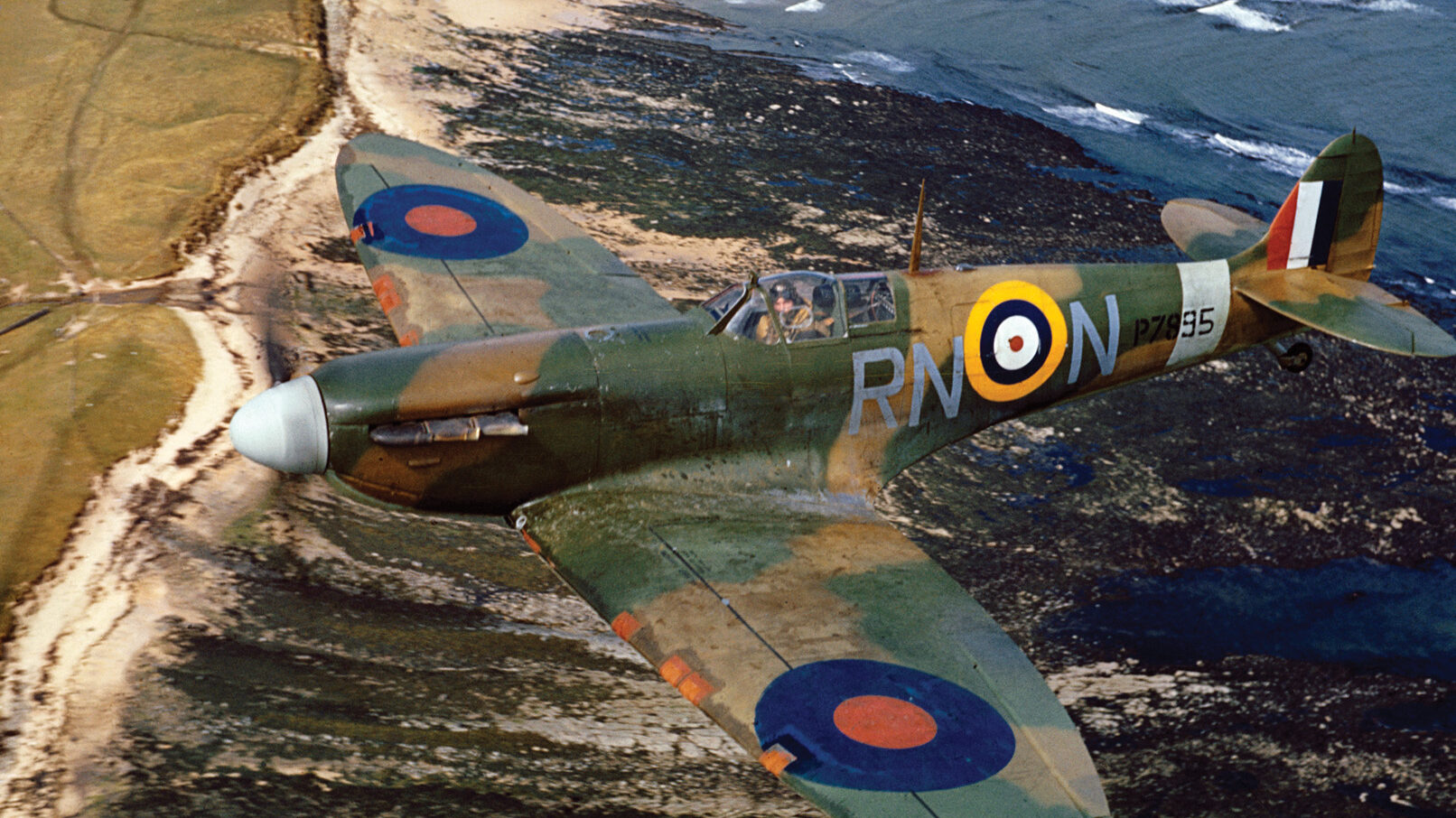
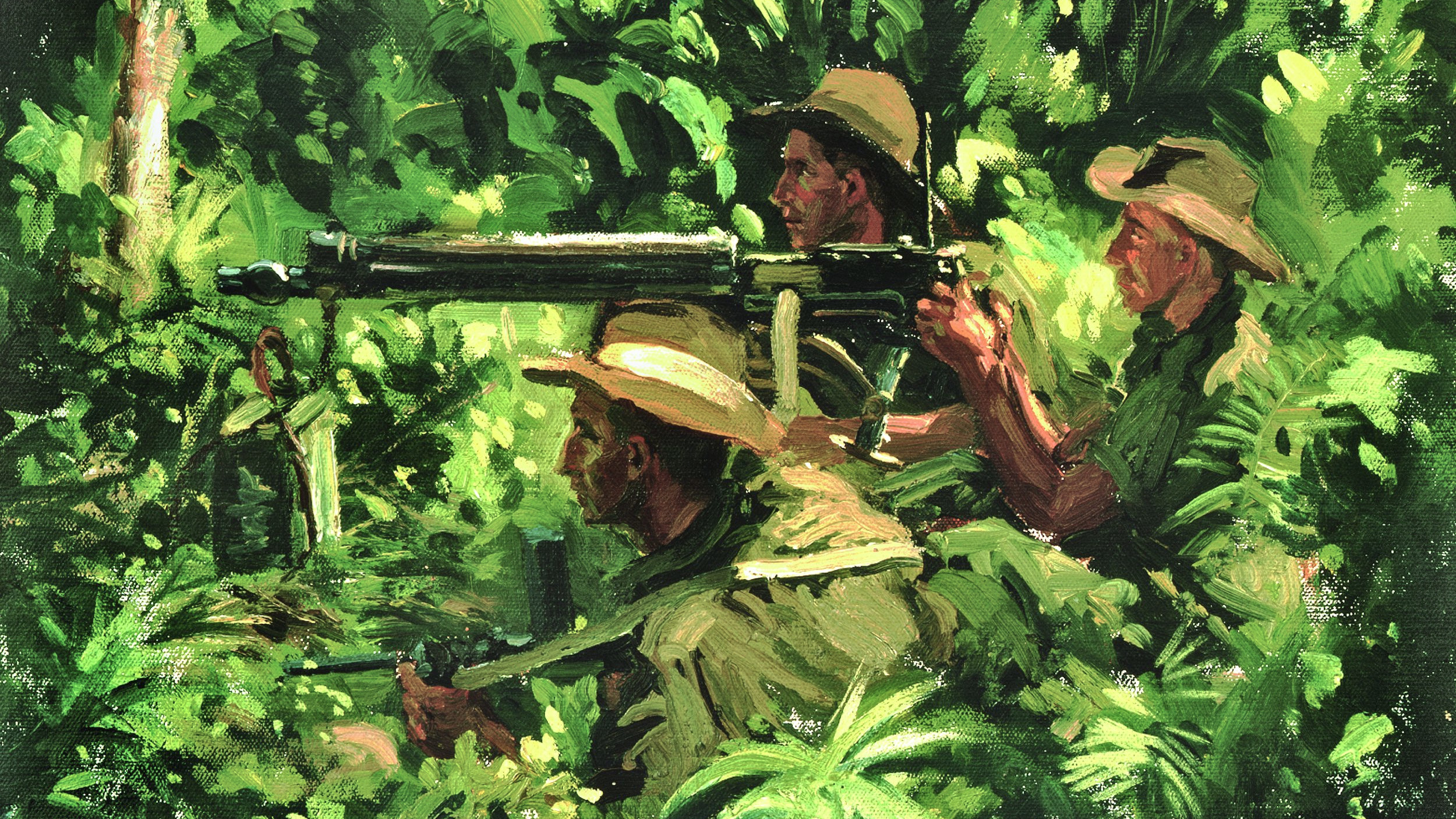
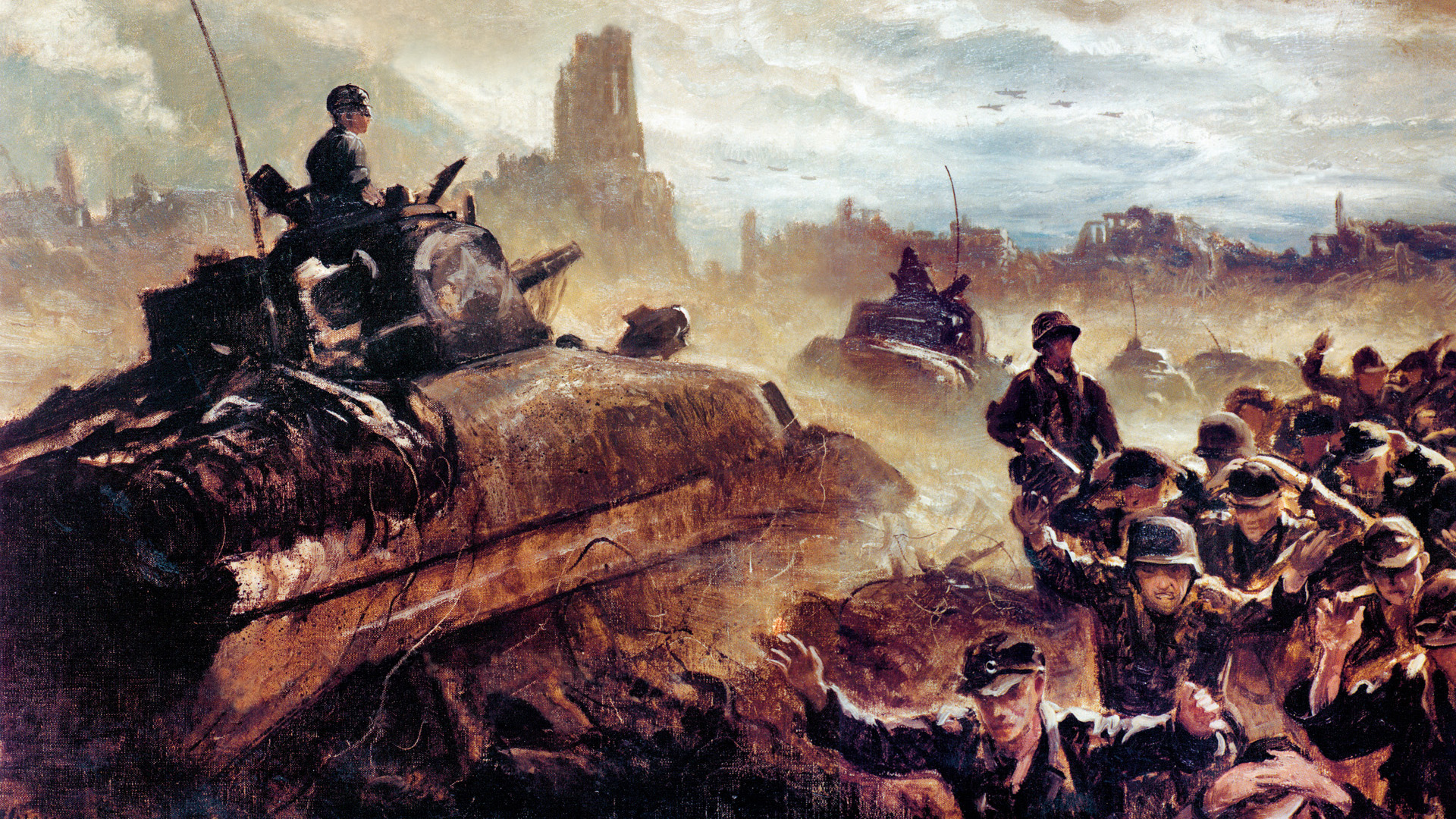
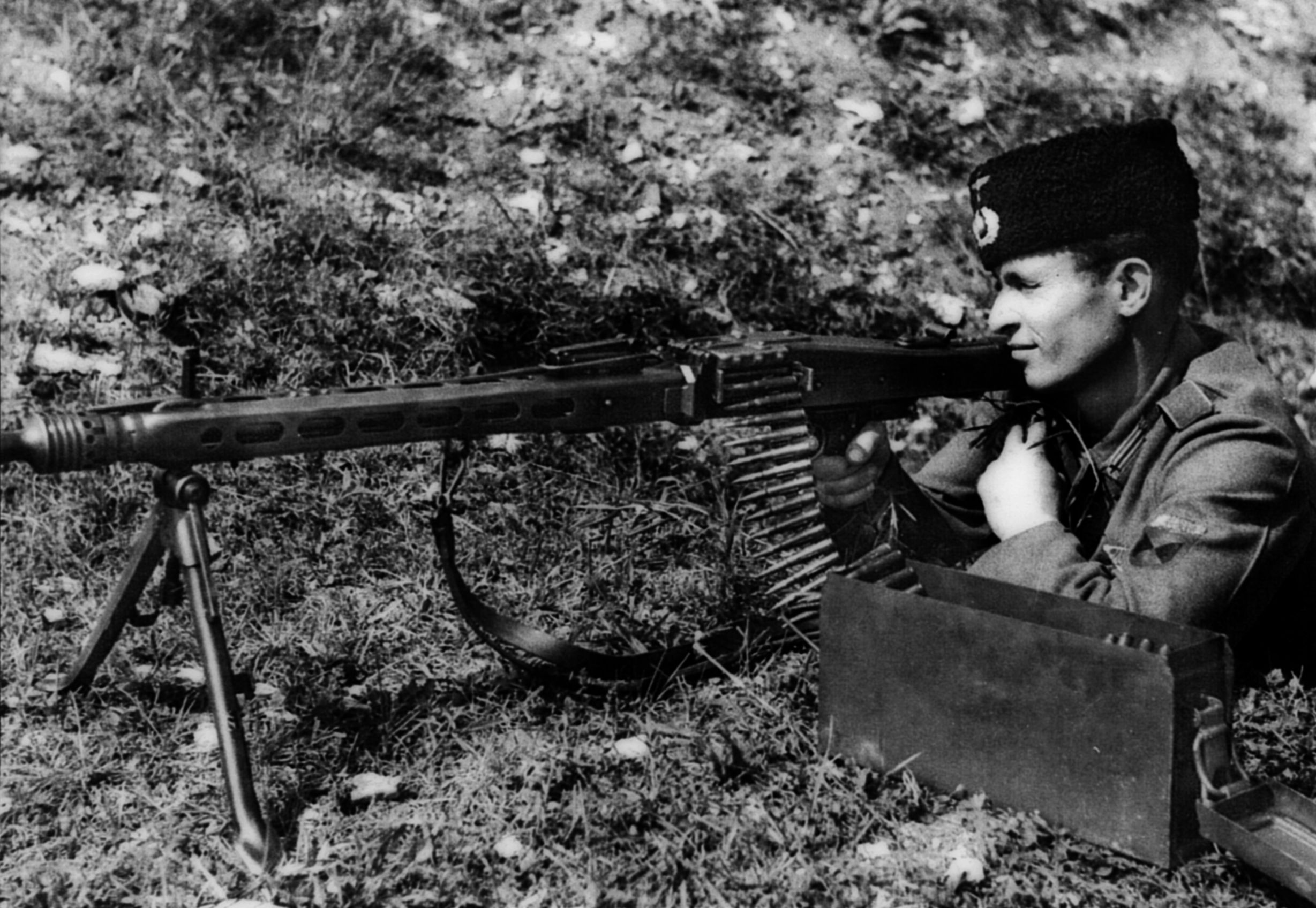
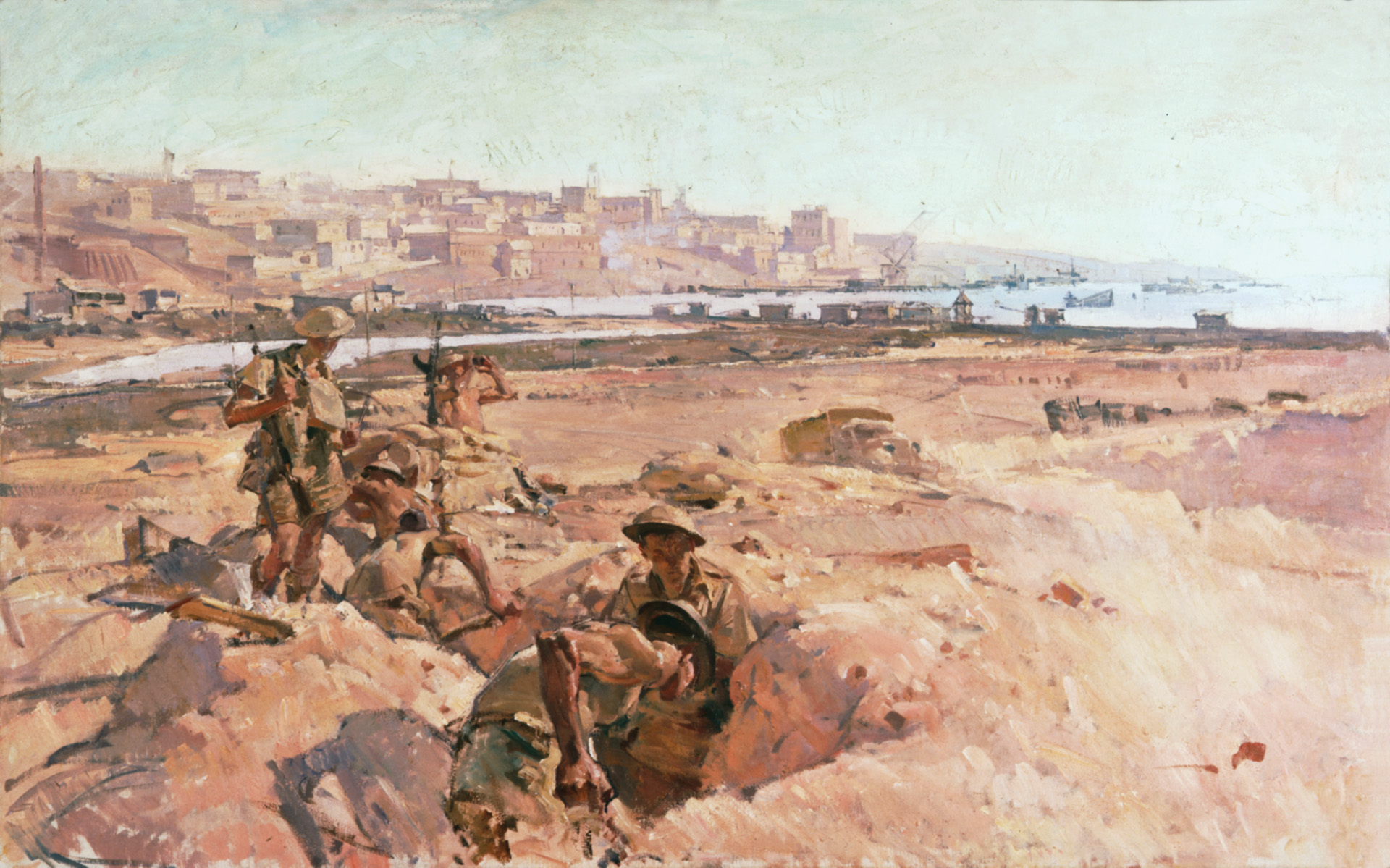
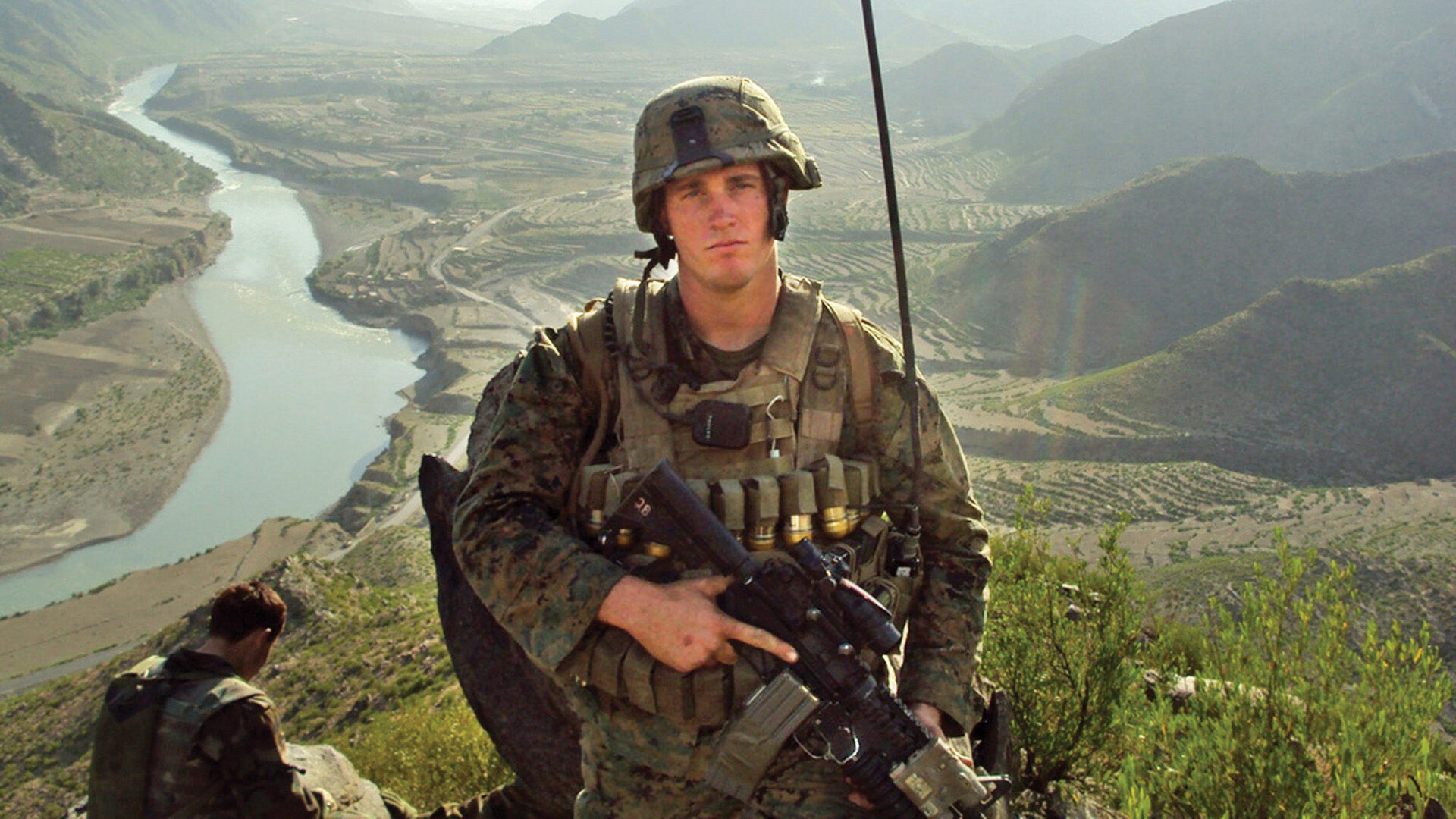
I thought Vasili Zaitsev fought in the Battle of Stalingrad?